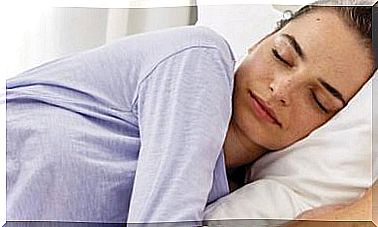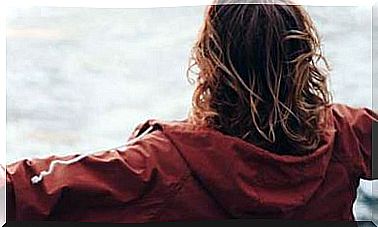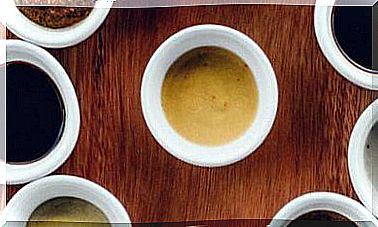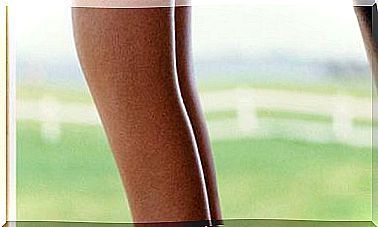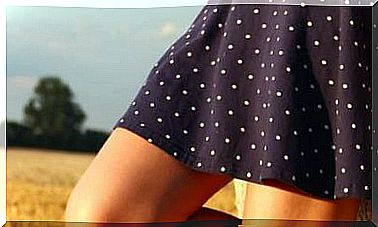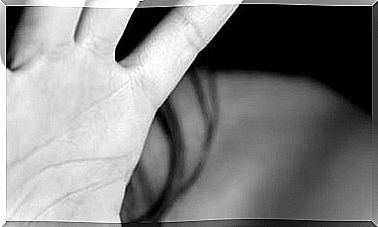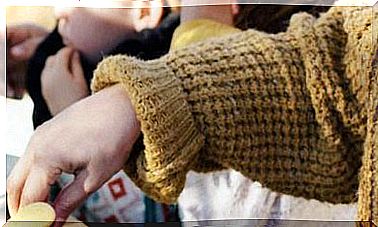Sun Rays: 5 Places Where You Burn Without Realizing It
Sun protection creams are not enough to prevent skin cancer. Even in situations where you feel safe you may be receiving an excess of UV radiation.

The strong solar radiation in summer has its light sides and its dark parts. Human beings need a certain dose of solar radiation to synthesize the essential vitamin D. It also stimulates immunity and improves mood. One of the best health tips to offer is to spend more time outdoors, if possible in a natural setting. But it is also true that an excess of solar radiation is related to skin cancer.
Unexpected solar traps
We can wear hats and natural sun creams, but the sun’s ultraviolet (UV) rays can reach us in many unexpected places.
1. Under the umbrella
If you are under the umbrella in a park or on the beach, you can still receive up to 50% percent of UV radiation. The exact dose depends on the reflection of the ground and the UV permeability of the umbrella. That is why it is possible that you burn even if you have been all the time in the shade.
The shadow cast by a solid building, for example, is safer. In that case you only receive the reflected light, which, however, can be quite a bit.
2. Through clothing
In summer we wear light clothes and light colors because we believe that we will be cooler and protected. The truth is exactly the opposite. In reality, the darker and denser the fabric, the less UV radiation can penetrate it, according to the Skin Cancer Foundation. That is why the nomads of the desert dress by wrapping themselves in thick black cloth. In contrast, with thin white shirts, almost half of the radiation reaches the skin.
There are garments with a sun protection factor, but you must bear in mind that with each wash it is reduced.
3. Behind the car window
Most crystals allow only a small portion of UVB rays to pass through and a little more UVA rays. This means that they reduce the risk of sunburn, and somewhat less the danger of aging and skin cancer. Everything is a matter of hours. You can see this in veteran taxi drivers and truckers, who have the left arm more aged than the right.
Tinted or foil-bonded lenses offer more protection than untreated lenses.
4. Through sunglasses
Many cheap or counterfeit sunglasses do not provide UV protection and are more dangerous than not wearing them because darkening makes the pupils open more and UV rays can reach the inside of the eyes more easily.
This is a problem especially for young children who are not often bought expensive sunglasses. If you suspect your glasses, a good optician will tell you if it has protection or not.
5. Under the water
UVA and UVB rays reach up to a foot below the surface of the water. Therefore, when we swim, we remain exposed. However, many bathers are cool in the water and believe they are protected.
Remember that for the good of marine ecosystems it is better to bathe as soon as you reach the beach, dry off and then apply sunscreen. If you first put on sun protection and then you take a bath, you will be leaving part of the cream in the water, where it does not do any good, and it does not matter if it is a natural product with mineral filters or a conventional one with chemical filters.
Pay special attention to children
Children’s skin is significantly thinner. The amount of sunburn in childhood has been shown to be closely related to an increased risk of skin cancer.
It is recommended that children protect themselves thoroughly with quality natural or organic cream, and that they wear hats and suitable clothing. Babies should not be exposed to direct sun in the first year of life.
